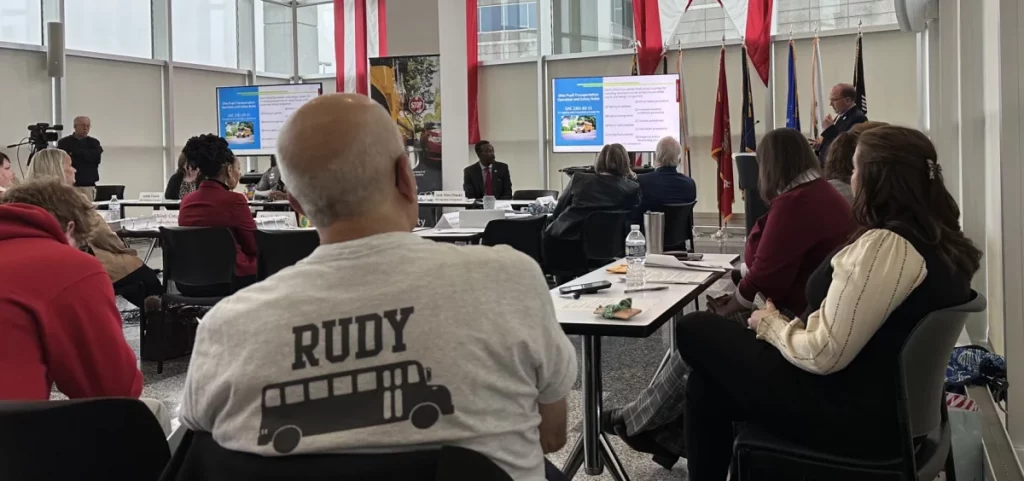News
Ohio’s school bus safety task force findings are coming in January
< < Back toCOLUMBUS, Ohio (Statehouse News Bureau) — A state task force assembled by Gov. Mike DeWine to assess school bus safety met for its sixth, and likely final, time Friday morning—and is set to release its findings in January, as schools get back from winter break.
The nearly four-hour conversation focused on reunification preparedness following crises, like those crashes in Clark and Licking counties, and the mental health ramifications of traumatic incidents.
Davida Russell—a Cleveland Heights councilmember, veteran school bus driver and member of the committee—also shared the results of surveys she conducted statewide with bus drivers. Russell talked with more than 1,000 bus drivers, she said, and asked them about everything from certifications to training to wages.
“I truly believe from this working group, something will be done,” Russell said during the meeting. ”Because if nothing else, I will be bugging you to death.”

Statehouse News Bureau]
“Whatever we do with our recommendations has to be practical, it has to be able to be implemented, and it has to truly keep kids safer,” Wilson said in the interview after the meeting.
But one of the biggest questions in front of them has been tricky.
“We would be remiss if we didn’t address the issue of seatbelts in the report,” Wilson said.
That Clark County crash, in the western Ohio community of Lawrenceville, fatally ejected 11-year-old Aiden Clark from a bright-yellow school bus and seriously injured more than 20 others. It’s led to renewed efforts to pass school bus safety policies at the Statehouse, too.
House Bill 279 would require buses to have a seatbelt for each individual on board. Rep. Bernie Willis (R-Springfield), whose home is about two miles from the site of the crash, has led the charge. In early October, Willis called HB 279 “life-saving legislation” during testimony.
But Wilson said Friday he believes Willis is waiting to see the committee’s findings, and could use the bill as a vehicle for legislative change based on them.
Although proponents generally agree that requiring seatbelts would bolster safety, opponents cite concerns about the costs, and the burden on bus drivers. Drivers surveyed by Russell have mixed emotions on restraints, she said, but most were against the idea of mandating them.

